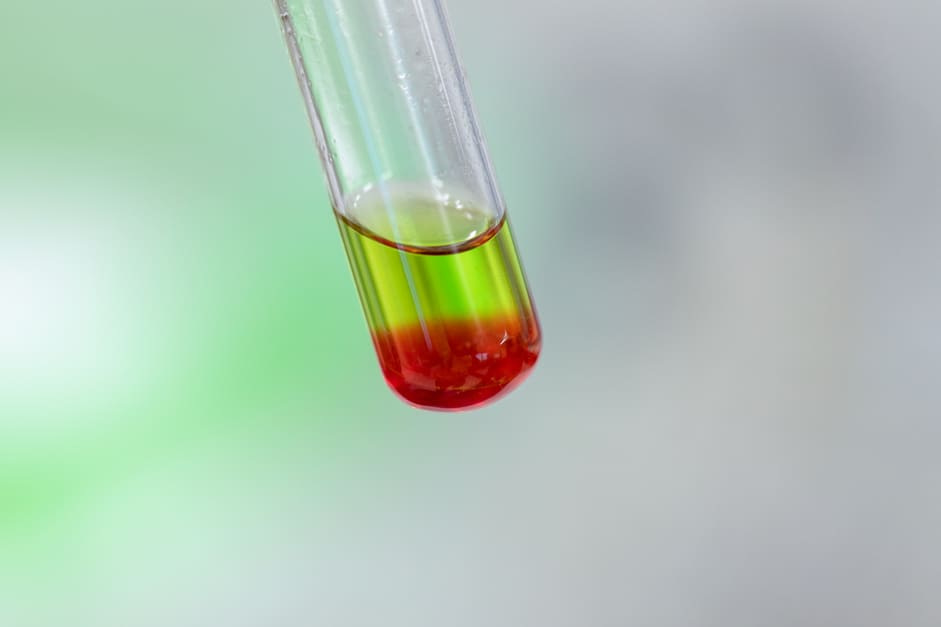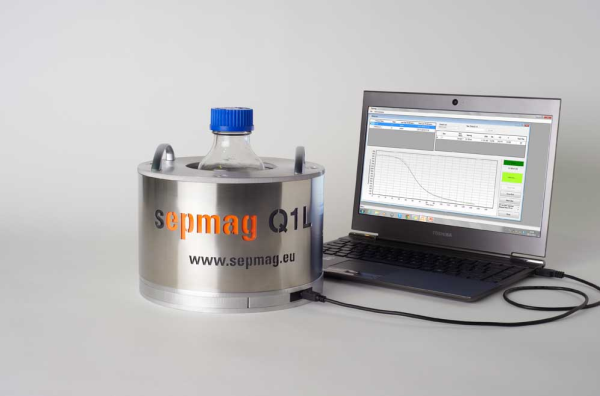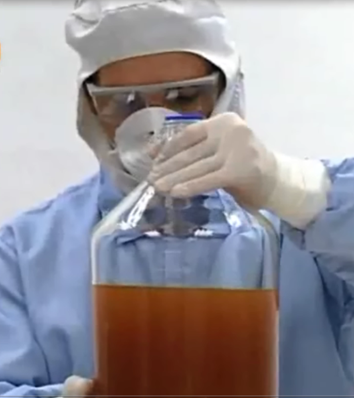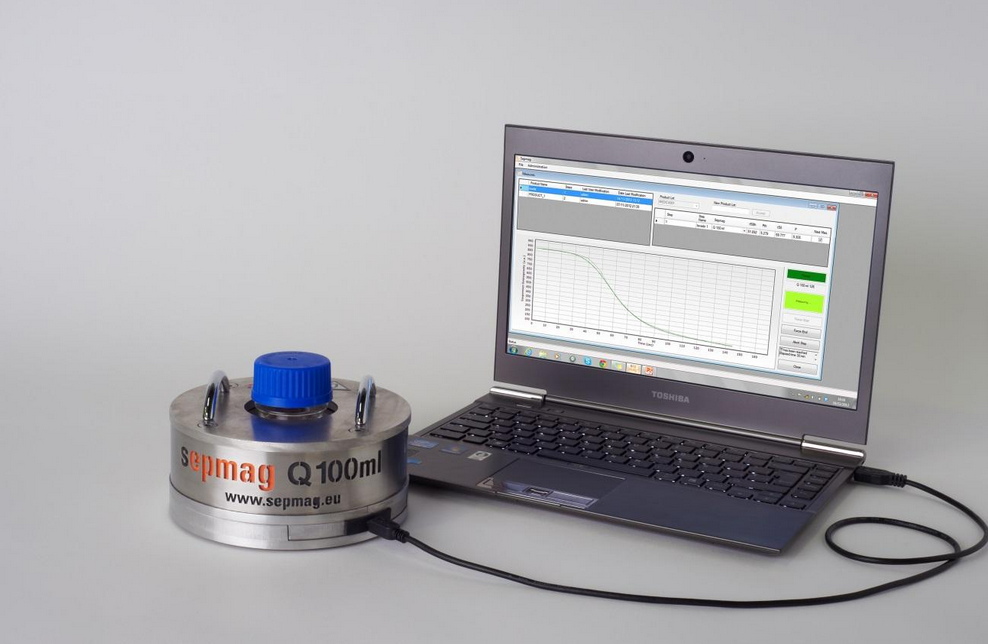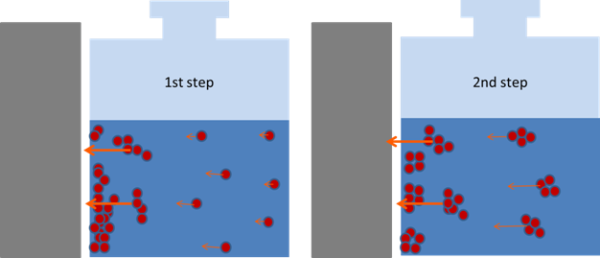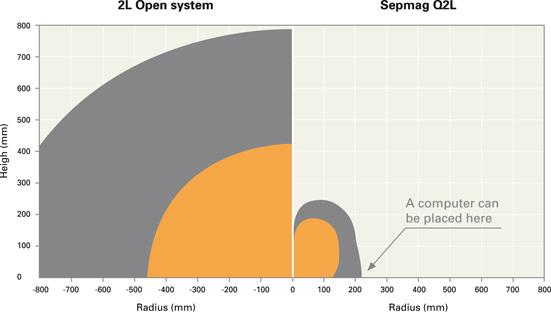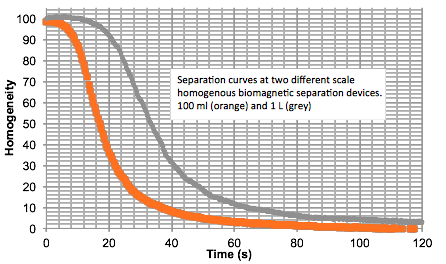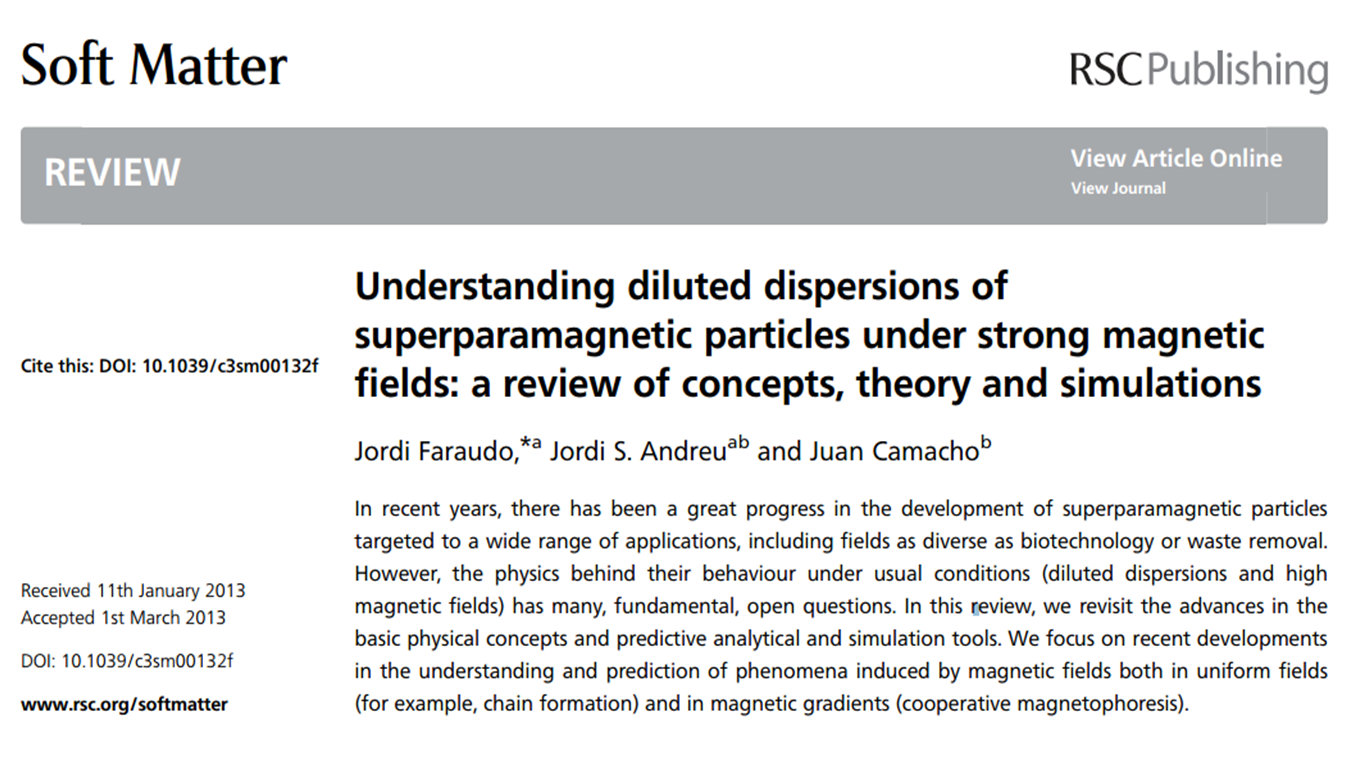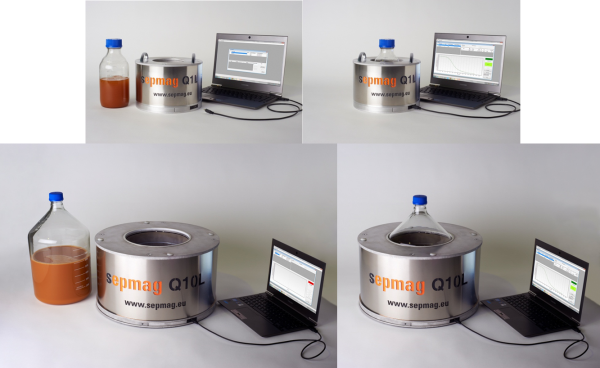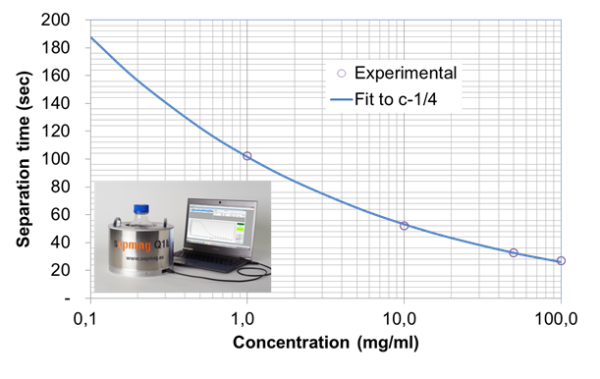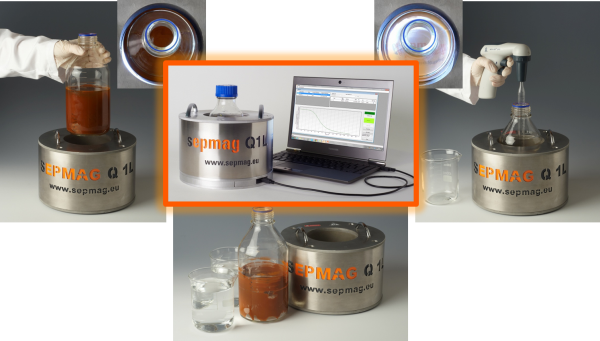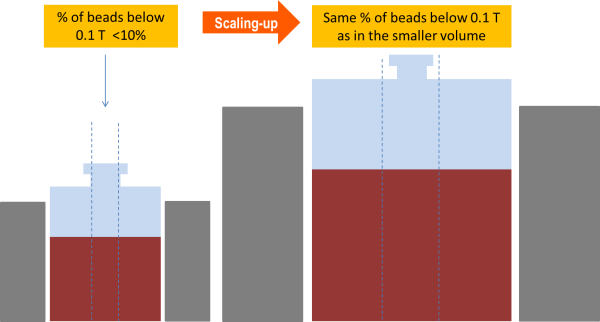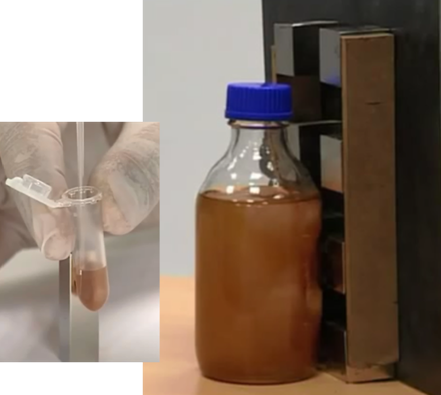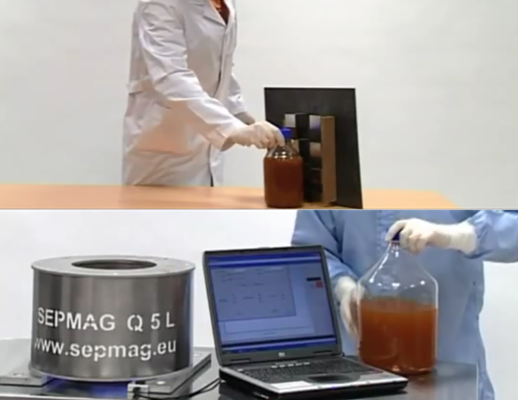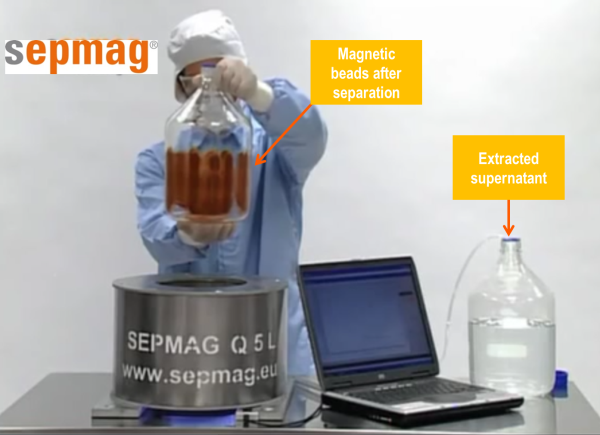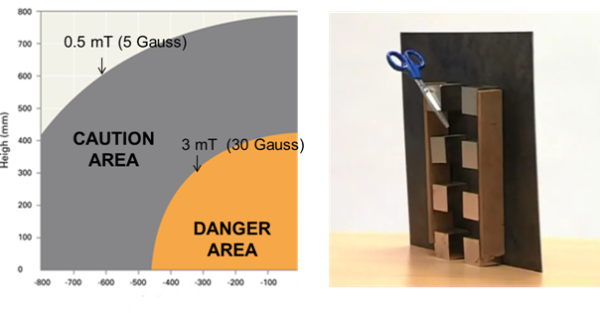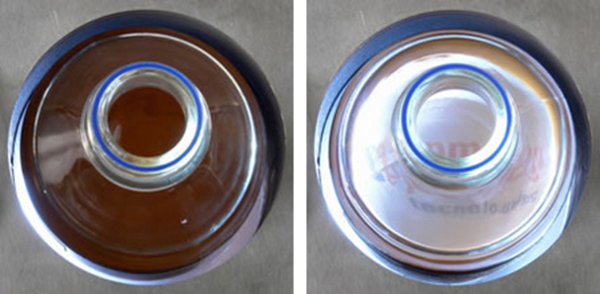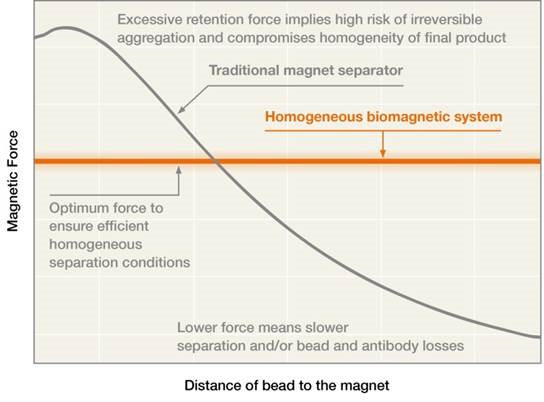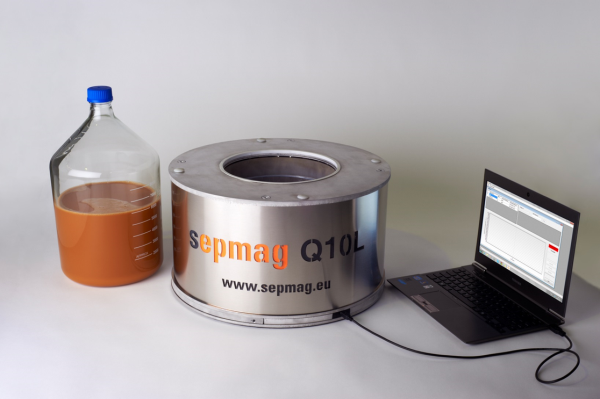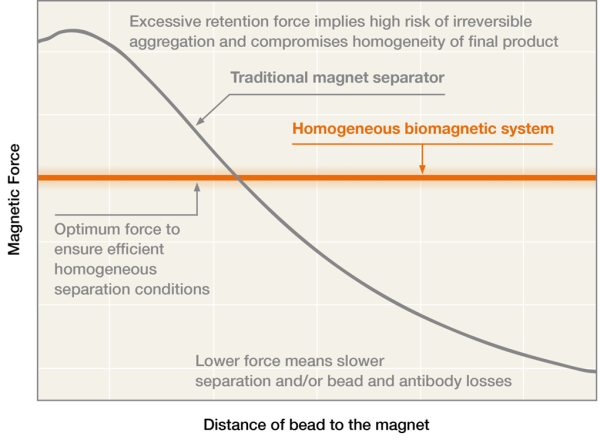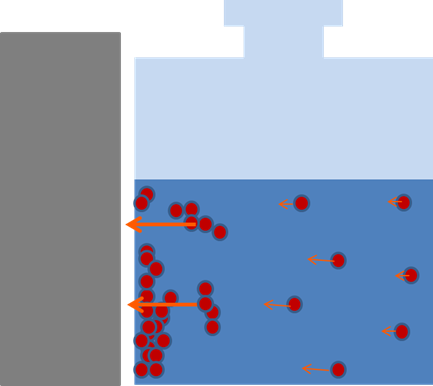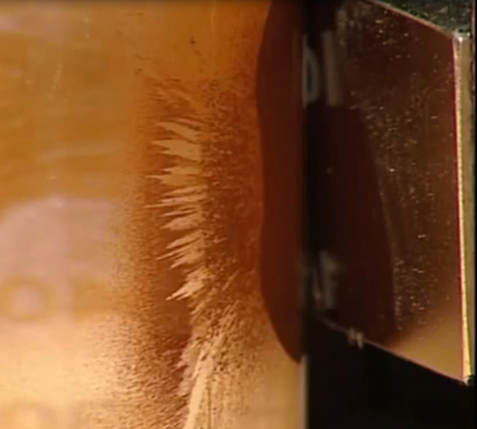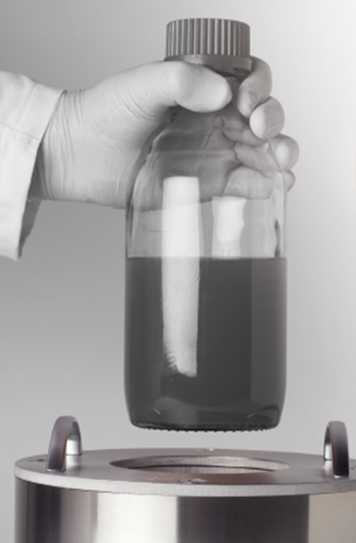Introduction to Chemiluminescence immunoassays
Using Agarose Resin chromatography allows for a versatile, prepacked column that enables small-scale, high-resolution size exclusion chromatography for preparation, characterization, and analysis of proteins and other biomolecules. Size exclusion chromatography, also known as gel filtration, is a common technique used to separate compounds of small molecules, such as proteins, polysaccharides, and nucleic acids when in an aqueous solution. This can be extremely useful in numerous commercial applications, such as analysis and determination of an unknown sample, removal of large proteins for purification of a sample, for removing small molecules such as dyes and primers, and buffer exchanges. Such chromatography is purchased as a prepacked column that allows for increased resolution and analysis, quick runtime, with a high pH tolerance to allow applications to a variety of molecules and substances. One example of a commercially available separation is Superose 6 chromatography, found here.

